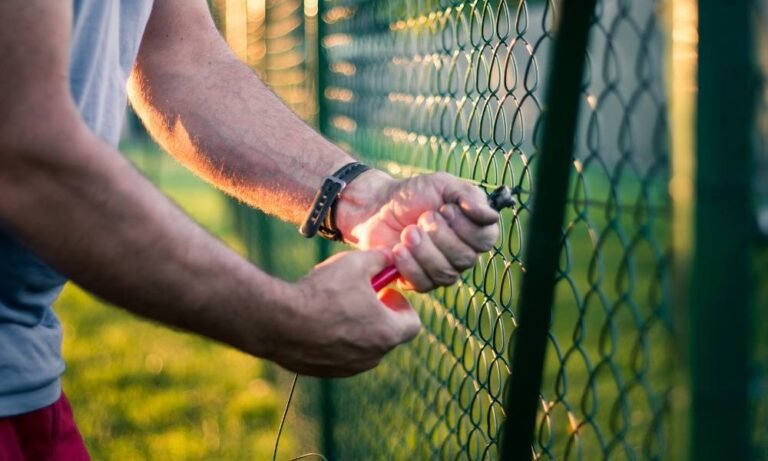Estimated reading time: 7 minutes
Tiles are an important part of home improvement. They can be used on the floor, walls, and countertops. When it comes time to get a tile for your home, you have many options to choose from. There are so many different types of tiles available that it is difficult to know which one will work best in your space.
Calculating how many tiles you need is not always easy but with some simple calculations, anyone can do it!
It is also very beneficial when estimating tiles because this way you don’t buy too much or too little and end up wasting money either way. To estimate tiles easily all you need is a tape measurer and a calculator!
When you’re hiring a contractor to tile your home, you must have the correct calculations for how many tiles you’ll need.
Here are some tips on how to calculate tiles. Have a calculator ready and make sure all of your measurements are in feet and inches!
How Does a Quantity Surveyor Help Tile Calculate?
Quantity surveying is about making sure that the quantity of work done by builders matches the quantity specified in the contract documents. If they don’t match, it’s quite possible that either something has gone wrong or that either quantity surveying or someone else’s maths has gone wrong.
Quantity surveyors look at the number of materials used, and the quantity of work done. They also look at how long it took to do the work and how many people were doing it. A quantity surveyor might keep records on-site so they can compare what has happened with what was expected.
The tile calculation is a complex project backed by the industry. There are many tile layers and tile contractors who regularly tiles and tiles regularly.
Tile contracting is one of those things that requires significant knowledge, skill, tools, and equipment. A professional tile contractor can help with your tile projects so you don’t have to worry about the job being done right.
A tile contractor will definitely know how to layout flooring or walls for tiling. They should also be familiar with different types of tile materials used in residential and commercial renovation projects including vitreous clay, non-vitreous clay, porcelain tile, ceramic tile, travertine tile, slate tile, marble tile, and glass tile.
They have Tools for Tiling
Tile contractors will have the necessary tile-laying tools to do their job well. Their clean work area is a reflection of their professionalism and expertise in the field. They’ll also know how these tools are used so they can quickly layout tiles on walls or floors when you want them to.
They Have Skills for Tiling
Finally, professional tile contractors are reliable because they have learned everything there is about laying tiles on floors or walls through training programs at tile companies or trade associations. They’re also dependable when it comes to scheduling your projects to make sure that your house is renovated.
How to calculate tiles needed for a floor
1. Determine the dimensions of your floor
2. Multiply the width by the length to get the total square footage
3. Divide that number by 27 (the number of tiles in a box) to find out how many boxes you need
4. Add one tile for cutting and waste, so divide the result from step 3 by 28 instead of 27 to find out how many tiles you will need
5. For example, if your room is 10 feet wide and 20 feet long, then it would take 6 boxes with an additional 1 tile for cutting and waste – 6 + 1 = 7 total tiles needed
How to calculate tiles needed for a wall
1. Measure the length and width of your wall
2. Multiply the two measurements together to find out how many square feet you need
3. Divide this number by 144, which is the total number of tiles in a case (12 x 12)
4. This will tell you how many cases of tiles you need to buy for your project
5. Order an additional 5% more than what you calculated because there’s always waste or breakage; plus it’s better to have extra on hand than not enough!
6. Calculate the cost per tile if buying from a retailer online or in-store like Standard Tile NJ (ST), then divide that amount by 144 to get the final cost for all tiles needed for the project
How to calculate tiles needed for a roof
1. Calculate the area of your roof
2. Multiply that number by the length of the tiles you want (most commonly 12 inches)
3. Divide that number by 300 to get how many tiles you need for a square foot of roofing
4. Multiply this number by your total square footage to find out how many tiles you need for your entire roofing project
5. If this is not an option, use a calculator and divide your total square feet by 300, and multiply it by 60 (inches per foot)
How to calculate tiles needed for a room
1. Find the dimensions of your room
2. Determine the type of tile you want to install, and how many tiles are in a square foot of that tile
3. Multiply the length by the width to get the total area
4. Divide by 12 to find out how many square feet are in your room
5. Take this number and multiply it by the number of squares per box (found on the packaging)
6. The result is the amount needed for one box – divide this number by 6 if you’re buying six boxes at once or go back to step 5 until you have enough boxes for your project!
How to calculate tiles needed for a bathroom
1. Determine the size of your bathroom
2. Calculate the number of tiles needed for each wall, floor, and ceiling
3. Multiply these numbers together to get an estimate of how many tiles you need
4. Purchase enough tiles to cover your space plus some extra for cutting mistakes
5a. If you are using a patterned tile, make sure it is large enough to cut out one full piece without having any leftover pieces
6. Start installing! Remember that grout can be messy so wear clothes that you don’t mind getting dirty or use old towels on the ground if needed!
How to calculate tiles needed for a kitchen
1. Calculate the square footage of your kitchen
2. Divide the square foot by 144 to find out how many tiles you need
3. Multiply that number by 2 to account for a full set of backsplash and wall tiles
4. Add 10% more if there are any curves in your design or patterned tile designs
5. Find a template online for calculating the number of tiles needed per linear foot, depending on the size and shape of your tile, so you can accurately determine how much material you will need
6. Once you have found an accurate estimate, order from a local store or website with free shipping options
Conclusion:
If you can calculate tiles in your head, then you are a math genius. But don’t worry if this is too challenging for you to do without counting on your fingers or using calculators because there are other ways to measure the area of a room with different shapes and sizes.
You may want to use an online calculator like Mathway, which will give you all the dimensions needed when calculating flooring costs based on square footage.



